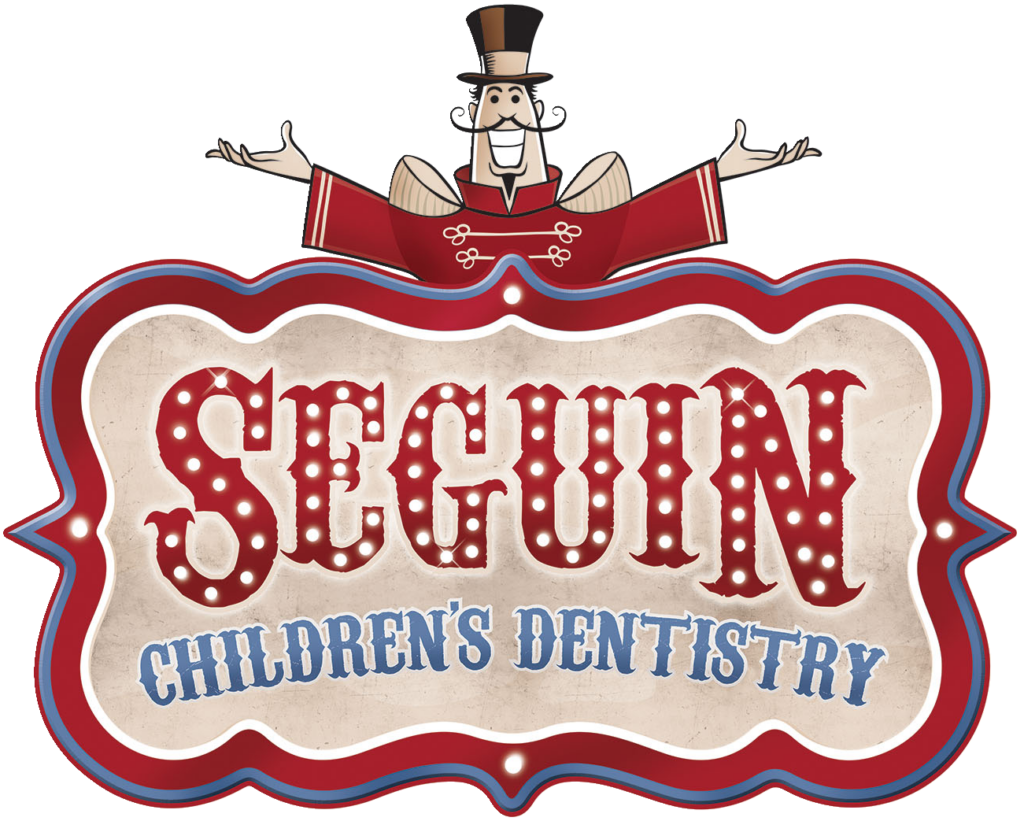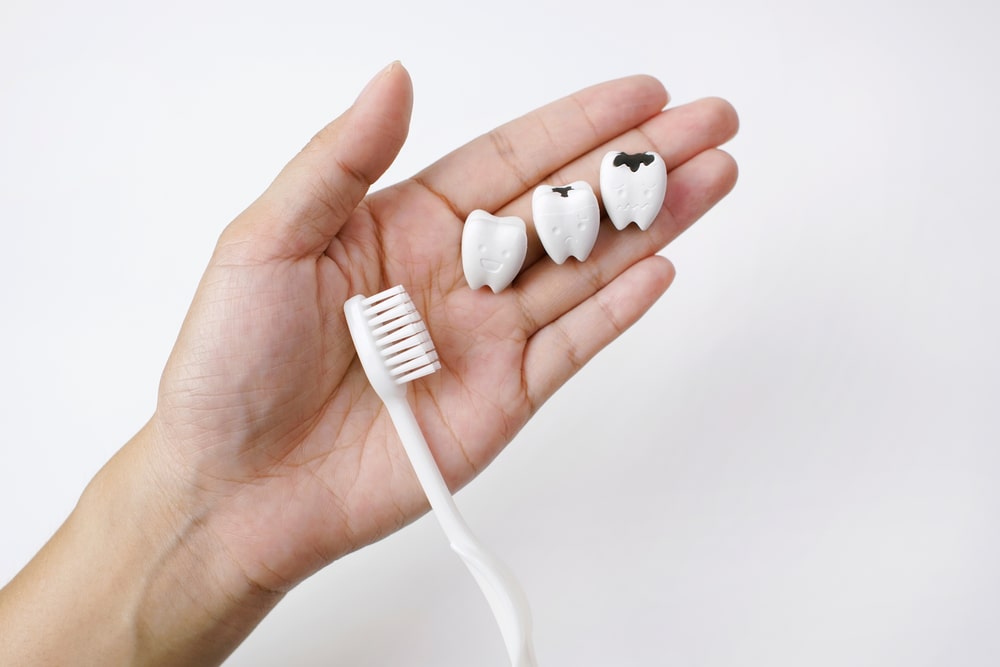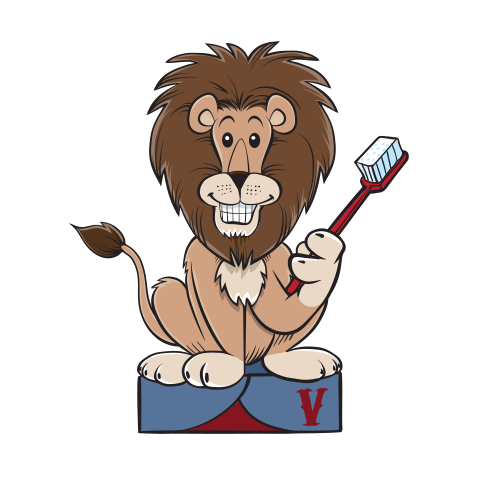How to Prevent Cavities
Children may experience cavities, also called “childhood tooth decay” or “childhood caries.” The primary causes of these cavities are poor dental hygiene and sugar-filled diets.
Cavities can be exceptionally painful and, if left untreated, can result in decaying teeth and childhood periodontitis. Lifestyle routines can contribute greatly to your child’s overall health and prevent cavities. Ensure that your child eats a nutrient-filled diet with many varieties of food, has an established oral care routine, and visits the dentist twice yearly.
How will I know if my child has a cavity?
Cavity size—and the pain associated with cavities—varies greatly. Very small cavities may go unnoticed, while large cavities might be extremely painful. Cavities that develop between teeth can be difficult to identify without a trained eye or x-rays.
General cavity symptoms include the following:
- Increased sensitivity to cold or hot foods or drinks
- Waking and crying during the night
- Pain
- Sensitivity to spicy or sugary foods
- Pain in the tooth, gum, or jaw area
As soon as your child experiences any of these symptoms, make an appointment with your pediatric dentist. If left untreated, the problem could get worse and jeopardize additional teeth. Swift action can prevent pain and additional, more invasive dental work.
How can I prevent cavities at home?
In addition to twice yearly pediatric dental visits, you can take the following steps to prevent cavities in your child:
- Optimize your child’s diet. Cavity formation is accelerated by sugary and starchy foods. Giving your child water instead of soda or sports drinks, and natural foods instead of processed foods can help your child maintain optimal dental health
- Don’t provide constant snacks. Frequent snacks can expose teeth to sugars that feed unhealthy mouth bacteria. Make sure that your child has enough water at mealtimes to cleanse the teeth after eating
- Transition away from using a sippy cup. After around twelve months of age, your child should no longer use a bottle. The constant trickle of sugary liquid soaking the teeth causes an environment in which bacteria can thrive and cavities and tooth decay can develop
- Limit sticky foods. Sticky foods, which are often also sugary foods, should be avoided if at all possible. These foods promote rapid formation of plaque, which can be exceptionally difficult to pry off of teeth
- Rinse pacifiers and teething toys. Instead of sucking on a dropped pacifier or teething toy, rinse it with running water. This practice can prevent transmission of oral bacteria between family members and contamination of the baby’s mouth
- At bedtime, provide only water to drink. Make sure that your child has a last drink of anything other than water before the tooth brushing routine each evening. When a child drinks other drinks before bed, the sugars remain in the mouth all night, harboring bacteria and promoting cavities and tooth decay.
- Don’t sweeten the pacifier. Instead of dipping a pacifier in something sweet—such as honey—to calm your child, provide an alternative, such as a hug, a toy, or a blanket
- Lead your child in brushing and flossing twice each day. Before the age of seven, your child can’t adequately reach all areas of the mouth to ensure proper cleaning. To ensure your child’s dental health, wait until your child is seven to transition to independent brushing in the morning and evening. You may still need to go behind your child to finish brushing until they can demonstrate adequate brushing techniques. Some teenagers still require daily reminders to brush after breakfast and before bed.
- Keep your dental appointments. The American Academy of Pediatric Dentists (AAPD) recommends that each child have a first pediatric dental appointment around age one. To keep your child’s smile healthy, pediatric dental visits should occur twice each year. For some patients under the age of 3, dental visits may be scheduled every 3 months.




